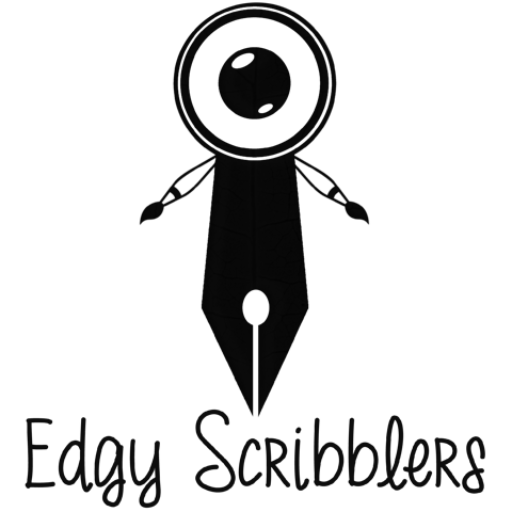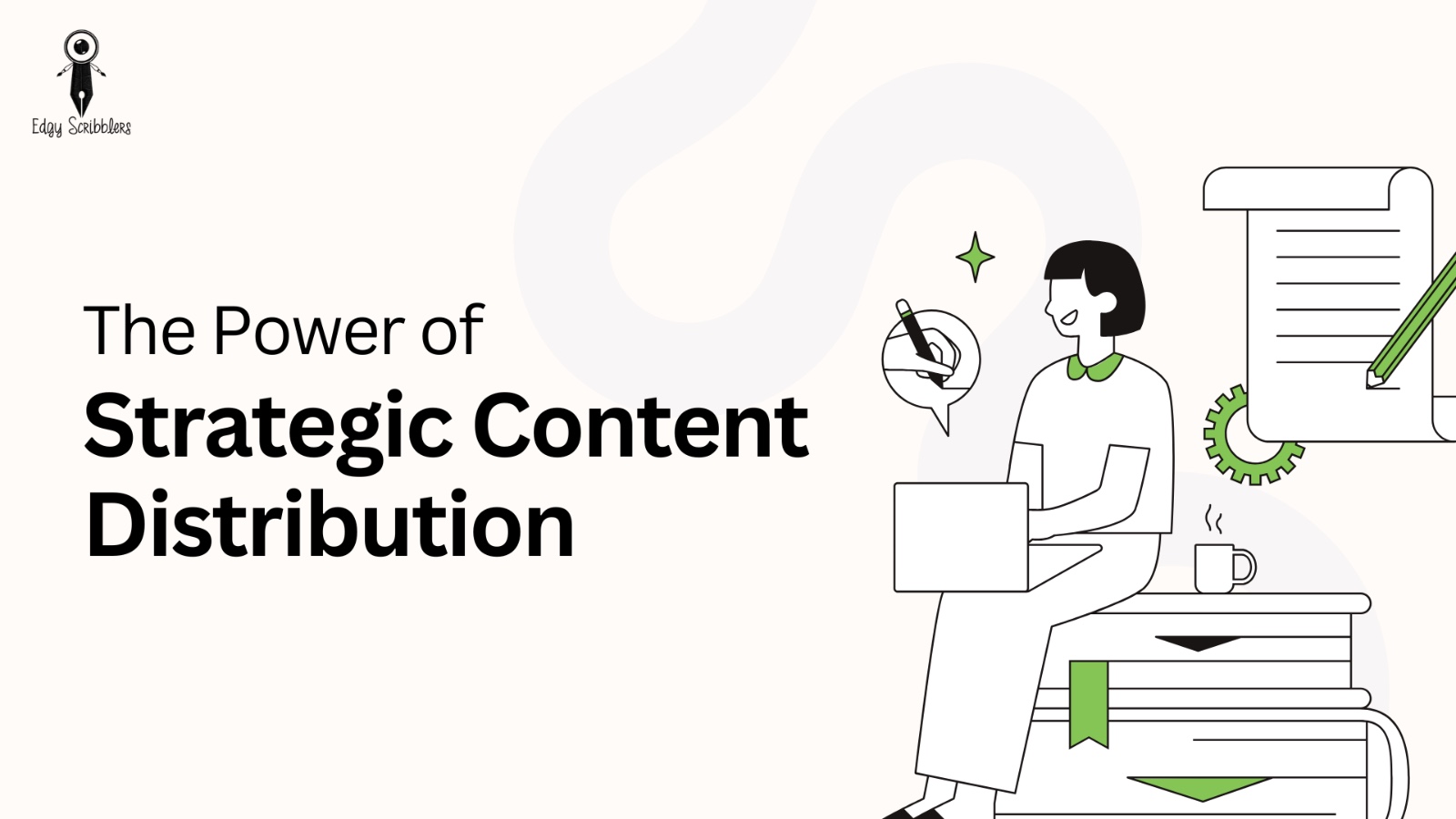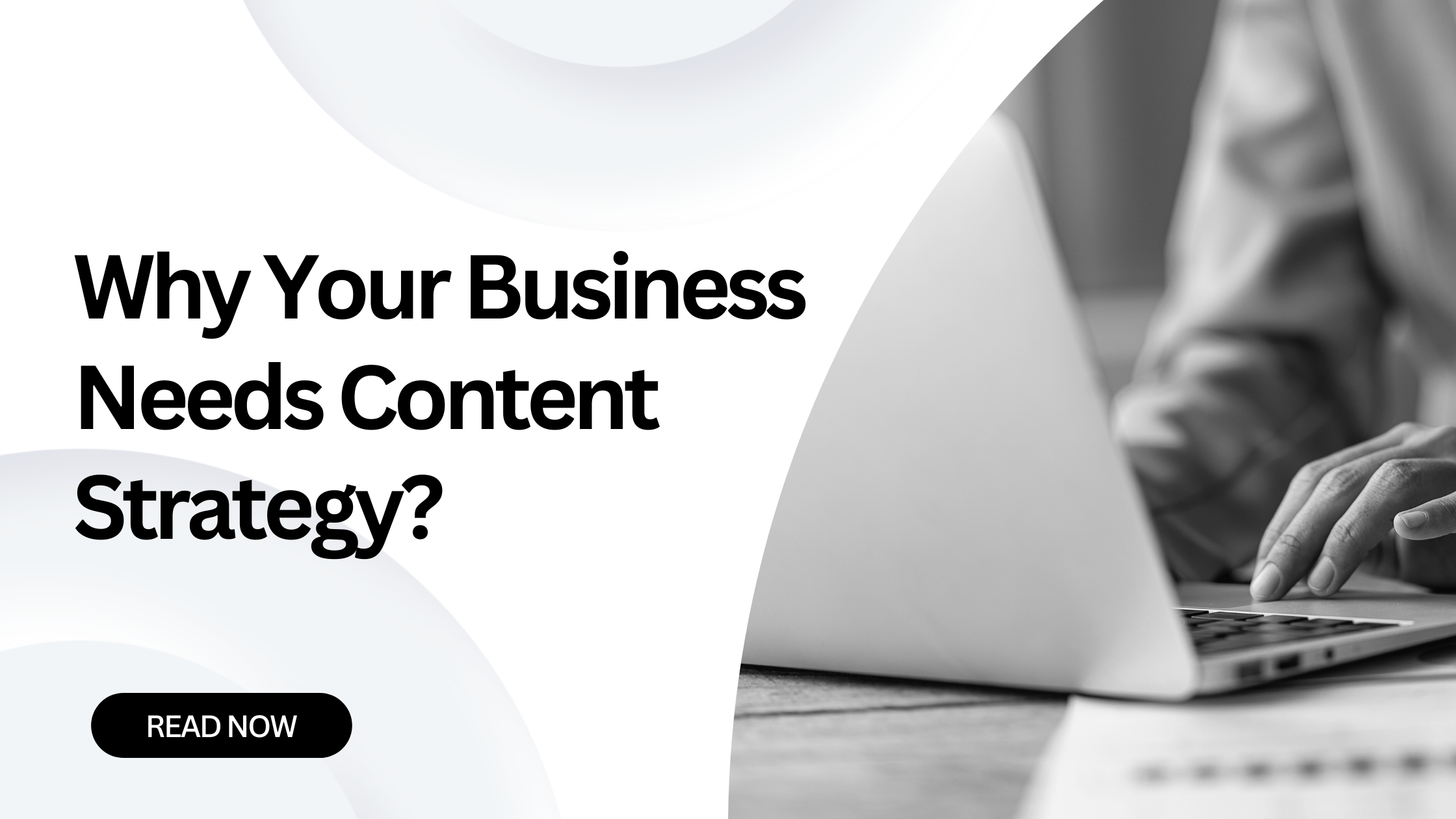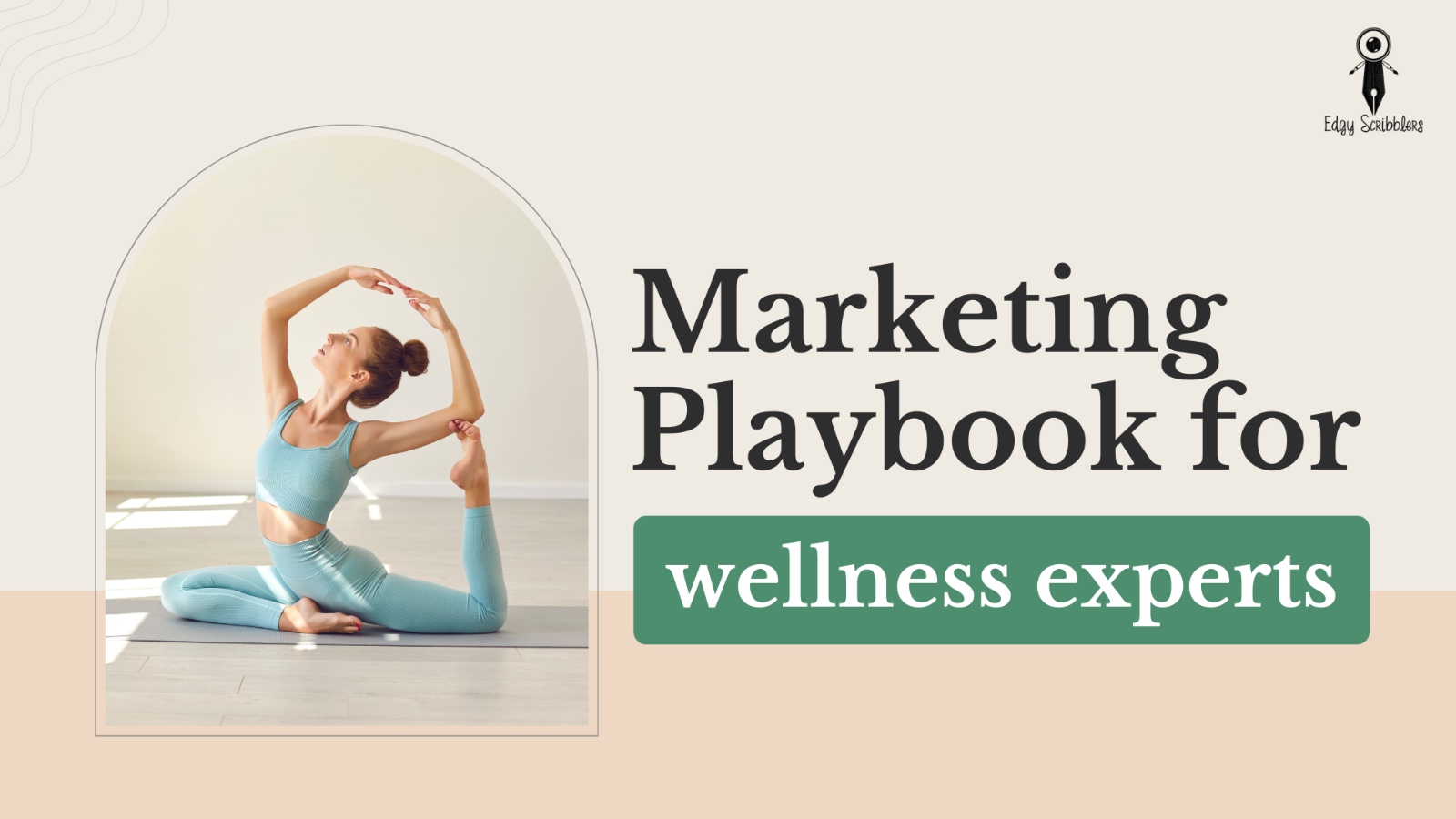
Over 9 years of helping wellness professionals find, attract, and retain clients, I’ve seen a common struggle—great expertise but limited visibility.
Wellness experts are passionate about healing, guiding, and transforming lives, yet marketing often feels like an obstacle course rather than a pathway to success. They often face challenges like:
❌ A lack of clarity on their target audience
❌ Irregular content creation with no strategic direction
❌ No structured conversion process—clients show interest but don’t book sessions
❌ Tech overwhelm—automation, booking systems, and CRM sound intimidating
❌ Heavy competition—standing out feels difficult
But here’s the truth: It’s possible to attract a steady flow of clients online—without constantly “selling” yourself.
The key? A well-thought-out marketing roadmap.
This playbook provides a step-by-step guide to help you build visibility, credibility, and sustainability in your wellness business.
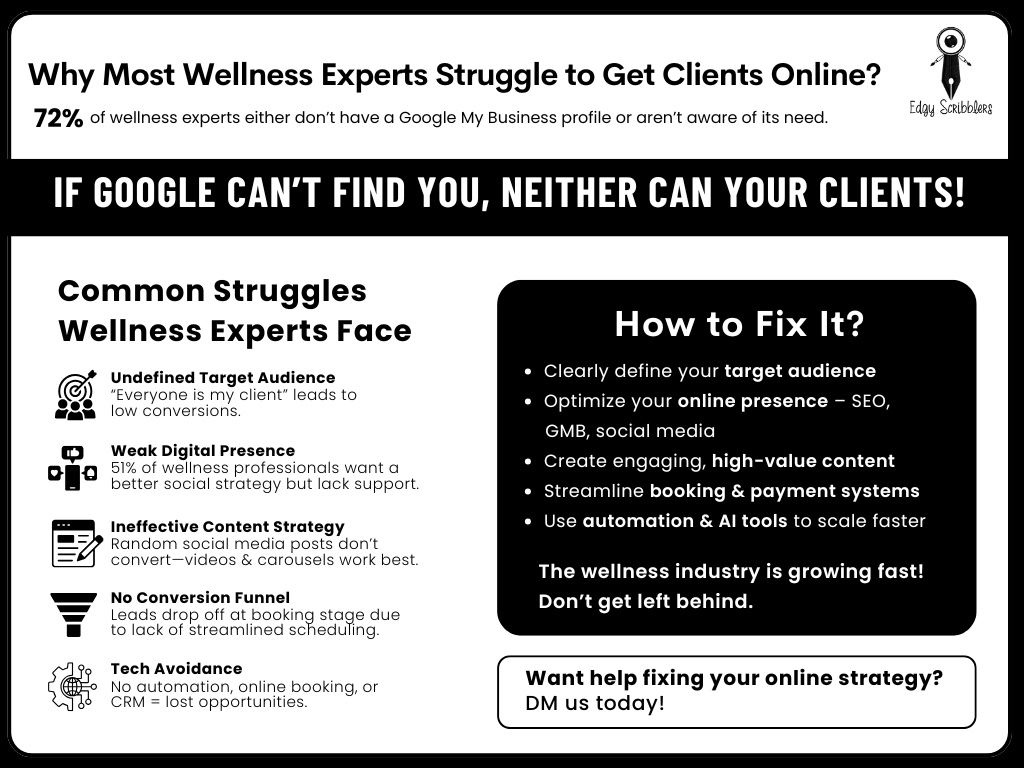
1. The Foundation: Understanding Your Ideal Clients
The first mistake many wellness experts make is believing everyone is their client.
🛑 Reality check: If you try to reach everyone, you end up connecting with no one.
Why Ideal Client Profiling Matters?
Your marketing needs to speak directly to the people who are actively searching for your help. It doesn’t mean that you need to be as immaculate as a bulls-eye, but the more detailed and targeted you are, the better results you’ll experience. With a clear customer segmentation, you can make your communication precise and appealing.
💡 Imagine this: A 42-year-old working mom struggling with stress management will resonate with different content than a 27-year-old fitness enthusiast looking for performance optimization.
🔹 Demographics (Age, gender, location, income)
🔹 Psychographics (Beliefs, values, habits, fears)
🔹 Pain Points (What problems are they facing?)
🔹 Motivations (What results do they want?)
📌 Action Step: Define your top 2–3 client personas and tailor your content to their specific needs. If you need a template and ChatGPT prompts, to build your customer persona, type Persona in the comments with your email.
2. Digital Presence: If Google Can’t Find You, Neither Can Your Clients
💡 Fact: 72% of wellness experts don’t have a Google My Business profile or are unaware of its importance.
In 2025, having an online presence is not optional. It’s your digital storefront. Many wellness experts don’t realise the importance of being active on a digital platform. It doesn’t mean that you need to put efforts on all the platforms, pick one and build a strong presence on it. Ensure that you choose the platform, basis your customer segment: for instance, if corporates are your target, then LinkedIn is the platform for you.
Key Components of a Strong Online Presence:
✅ Google My Business (GMB): Get found in local searches. Businesses that optimize their GMB profile get 70% more visits than those that don’t.
✅ Website: A professional, mobile-friendly site builds trust.
✅ SEO Strategy: Use keywords like Yoga for Anxiety Relief, Best Life Coach Near Me, or Holistic Nutrition Tips to rank higher.
🔗 Action Step: If you haven’t set up GMB yet, do it today! It takes 10 minutes but can transform your discoverability.
📌 Statistic: 5% of all Google searches are health-related.
3. Content Strategy: The Fuel for Visibility & Engagement
Many wellness experts post randomly and then wonder why engagement is low. The content needs to align with the problem statement that you’re solving for your users. While educational content helps in the longer run to build brand equity, the results are driven through the content based on the ‘Problem-Agitate-Solution’ framework.
🎯 The winning formula? Content that educates, engages, and converts.
High-Performing Content Types:
📌 Educational Carousels – Solve micro problems in an engaging format
📌 Short-Form Videos – 60-second wellness tips
📌 Client Testimonials & Case Studies – Build trust
📌 Behind-the-Scenes Content – Humanize your brand
📍 Case Study: Chile-Based Yoga Trainer
By posting consistently for three months, Claudia Villouta saw:
✅ 151% increase in impressions
✅ 63.3% increase in profile visits
✅ 71.2% increase in content interactions
🚀 Lesson: Consistency > Perfection
📌 Fact: 40% of consumers say that social media influences their health choices. (ReferralMD)
🔗 Action Step: Post at least 3 times per week with a mix of educational + engagement content.
4. The Conversion Funnel: Turning Interest into Booked Clients
📉 Many wellness experts struggle because they don’t have a structured way to convert followers into paying clients. Another gap is the ‘perfection’ paradox, which leads to a high loss on opportunity cost. Marketing is all about evolving on your previous attempt. There is no perfect solution or path to follow, there is a framework that you need to fill in as you evolve on attempts and bridge the gaps as you experience them.
Where the Drop-offs Happen:
❌ No Call-to-Action (CTA) in content
❌ No automated scheduling system – leads fall through the cracks
❌ Slow responses to inquiries
📌 Statistic: No-show rates reach 42% without appointment reminders, but automated systems reduce it by 29%.
📌 Time-saving: Automated booking tools save wellness businesses over 8 hours per week. (Onboard with SuperProfile today; get 20% off through our referral link)
Solution: Implement a Simple Conversion Funnel
🔹 Step 1: Attract (Social Media, SEO, Blog)
🔹 Step 2: Engage (Email Sequences, Webinars, Free Guides)
🔹 Step 3: Convert (Booking Links, Consultation Calls)
🚀 Lesson: Make it frictionless for people to book & pay you.
📍 Case Study: My calendar schedule
By implementing the Calendly link for setting up my meetings, not only have I saved hours, but also structurally managed to schedule 3-4 meetings every day. Before this, I used to overlap meetings, miss out on important calls, and a lot more. Just by sending my calendly to my potential clients, I transferred the onus of scheduling the call to my clients; which they are very happy to accept.
5. Scaling with Technology & Automation
📉 Biggest mistake wellness professionals make? Avoiding tech & automation. Often a lot of wellness experts, I’m sorry to put it in this manner, are “Penny wise, and pound foolish.” They focus on saving pennies when they are losing pounds.
✅ CRM Systems: Keep track of client conversations, preferences, & bookings
✅ Email Sequences: Follow-up without manually messaging each person
✅ WhatsApp Automation: Send reminders without lifting a finger
💡 Fact: 62% of smartphone owners use their devices to look up health-related information.
🔗 Action Step: Start with one automation – like an appointment reminder system – and build from there. One of our clients, reduced her no-shows by 15% by using the WhatsApp reminder system. Check out this video to understand more.
6. Building Authentic Relationships & Trust
People buy from people they trust. Your audience doesn’t just need information—they need a relationship. Host AMAs on Instagram, or post stories with Question stickers. Make sure your followers feel that they are being heard and are responded to.
How to Build Trust Online:
💬 Engage with comments & messages – Don’t just post, interact!
📖 Share personal stories – Let people connect with YOU
⭐ Encourage testimonials & reviews – Showcase real results
🚀 Lesson: People don’t just buy services; they buy trust.
Final Thoughts: Evolving as a Wellness Entrepreneur
Marketing for wellness professionals isn’t about selling—it’s about having plush brand equity, which you can build by serving, educating, and nurturing lasting relationships. Your ability to attract clients online is a direct reflection of how you communicate your value, how consistently you show up, and how effortlessly clients can reach you. One of the key factors is to analyse your worth; we all want to be that wellness expert that charges high(somewhere like ₹ 4000/session), don’t we? But, would we be open to paying that amount to ourselves, if we were to purchase our package?
More on pricing and packages in upcoming articles.
The truth is, digital evolution is inevitable. The wellness industry is growing rapidly, and those who adapt will thrive—while those who resist will struggle to keep up.
🚀 The good news? You don’t have to do it all at once. Start small:
✔️ Clear customer segmentation
✔️ Optimise your Google presence
✔️ Make mistakes, evolve, and bridge the gaps
✔️ Post consistently on social media
✔️ Set up one automation that saves you time
Every small step adds up, and before you know it, you’ll have a system that attracts, nurtures, and converts clients—on autopilot.
💡 Now, over to you—what’s the biggest marketing challenge you’re facing today? Drop a comment, DM me, or schedule a meeting, and let’s fix it together!
